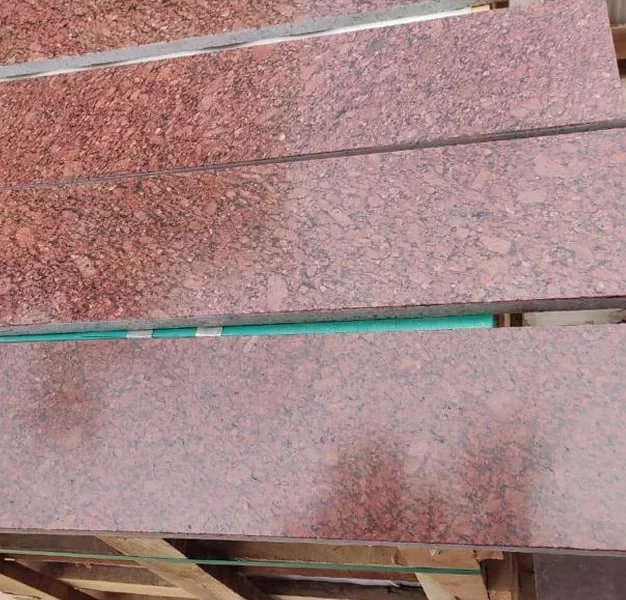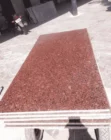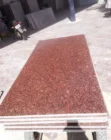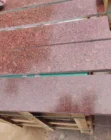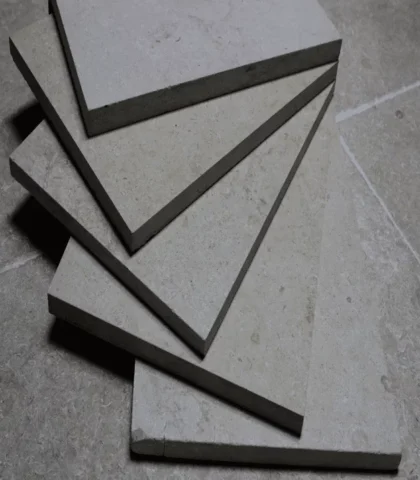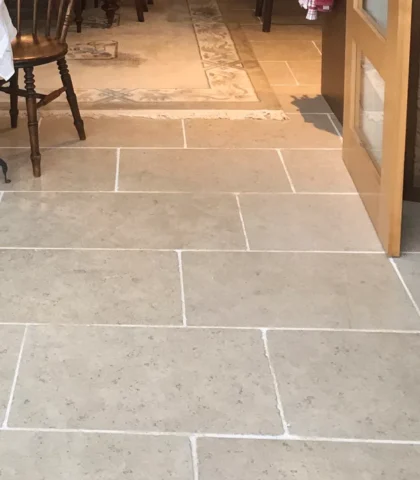The best-selling light Red Aswan granite
Light Red Aswan Granite, which has a diverse blend of colors, also possesses unequaled durability, which is what all Egyptian Granite, utilized for various purposes, is well known for. light red aswan gives any space a stylish and elegant appearance while retaining the toughness and rigidity of one of the hardest real stone surfaces.
Light Red Aswan Granite can be employed in a range of construction projects, whether for the interiors or the exteriors. Light Red Aswan can be used for panels and slabs which are primarily used for wall cladding, whereas granite tiles are commonly used for flooring, both indoors and outdoors, with various types of finishing’s depending on the desired final style or the use of the tile itself. Granite slabs are also commonly used for cooking surfaces as kitchen countertops, which are relatively significant and durable.
Light Red Aswan, known for its red foundation, is well blended with a little amount of white and black graining texture, making it ideal for both interior and outdoor applications.
Because light red aswan has hard-wearing structure and robust stiff surface, this Light red granite is an incredibly high-quality granite stone, which is why the red granite’s huge slabs are primarily utilized in the outdoor pavement. Furthermore, the large slabs are unquestionably best suited for garden areas, and patios in a subtle manner, and a spectacular choice of granite worktops and granite kitchen countertops hues, which is quite significant.
light red Egyptian Granite tiles are available in a wide range of forms and sizes. It might be an excellent choice for your floor and countertops, as it is suitable for use in:
- Granite Worktops
- Granite kitchen countertops
- Kitchen backsplashes
- Fantastic Range of Granite surfaces for table
- Outdoor paving
- Stairs
- Living rooms
- Outdoor Landscaping and patios flooring
- Polished slabs Rosa pink granite
The following are the benefits of using Egyptian granite including light red aswan for indoor or outdoor purposes:
- Pure natural beauty
- A luxurious aesthetic that is also functional for any application
- Extremely long-lasting
- Excellent worktop material due to the variety of styles and investment value with a firm surface
- A variety of colors, thicknesses, and finishes are available
- It is simple to maintain
- Naturally stain and abrasion resistance
- With the proper finish, suitable for food preparation areas
- Distinctive look
- Easy to install and clean
- Requires little upkeep
- It is commonly referred to as a “size stone” since it can be cut to specific lengths, widths, and thicknesses
- Granite is sturdy enough to endure most abrasions and heavy weights, as well as weather conditions and varnishes.
The most frequent intrusive igneous rock in the Earth’s continental crust is Egyptian Granite.
It has a coarse to medium grain. It is composed of three major minerals: feldspar, quartz, and mica, which can be found as silvery muscovite, dark biotite, or both.
Granite crystallizes from silica-rich magma deep within the Earth’s crust.
Granite:
The term “granite” comes from the Latin word “granum,” which refers to coarse grain. They assumed the stone’s peculiar name stemmed from its coarse-grained nature.
Granite is, in a subtle way, the second hardest natural substance after diamond in terms of hardness.
Granite is often thought to be a light-colored igneous rock with visible grains to the naked eye. Granite is robust enough to withstand abrasion, sturdy enough to carry some weight, and inert enough to actually prevent weathering.
It is formed when magma crystallizes slowly beneath the Earth’s surface. Granite, in particular, is consistently large, tough, and massive in a subtle way (i.e., lacking any internal structures). Granite has been a popular building material throughout human history due to its properties. Because of its ageless beauty and the fact that no synthetic material can today match its elegance and performance, it has effectively taken over as the material of choice for modern luxury homes and businesses.
Granite is thought to be the world’s oldest igneous rock, though it may have developed gradually as long as 300 million years ago.
The term “plutonic” refers to granite, a rock that grows naturally and deep underground. Granite makes up the majority of the planet’s continental crust or a large fraction of it. Granite has been used in construction since the Ancient Egyptians, and it is often fairly heavy.
Because of these characteristics, granite slabs are ideal for kitchen countertops, outdoor pavement, and stair treads.
Egyptian granite:
Egyptian granite was one of the first materials cut and used by the pharaohs in ancient Egypt. It was used in the fabrication of Egyptian statues and artifacts to distinguish them from other types based on color and hardness.
The majority of minerals in granitic rocks really are feldspar, quartz, mica, and amphibole, which really is fairly significant. These minerals for all intents and purposes combine to essentially produce an interlocking, somewhat equigranularity feldspar and quartz matrix, with sporadic darker biotite mica and amphibole (typically hornblende) minerals dotting the for all intents and purposes lighter color minerals, demonstrating how these minerals particularly combine to definitely produce an interlocking, somewhat equigranularity feldspar and quartz matrix, with sporadic darker biotite mica and amphibole (typically hornblende) minerals dotting the for all intents and purposes lighter color minerals in a definitely big way.
Granites can specifically have a predominant color that generally is white, pink, grey, or actually black depending on their composition, demonstrating that granites can kind of have a predominant color that kind of is white, pink, grey, or definitely black depending on their composition in a subtle way.



